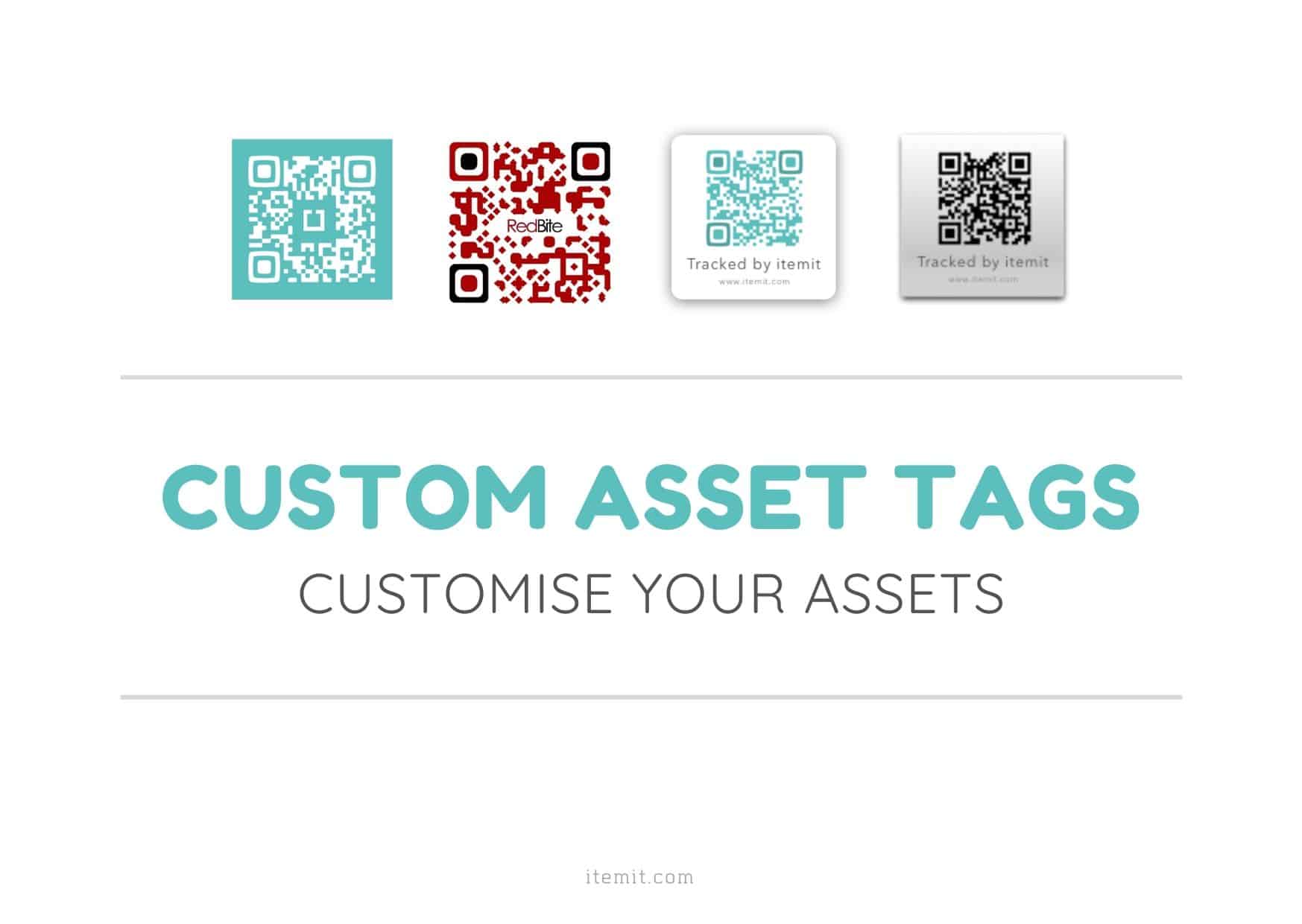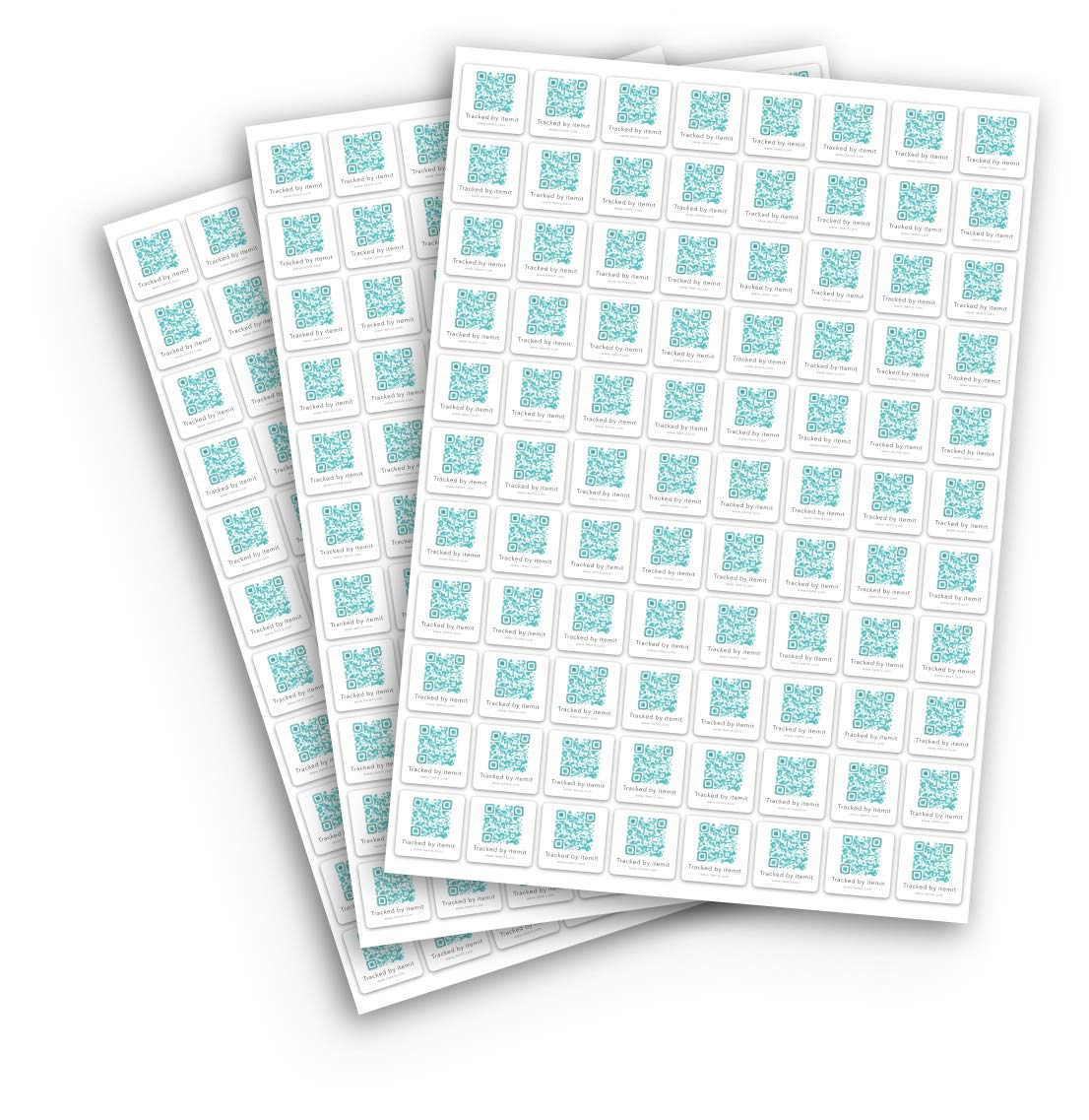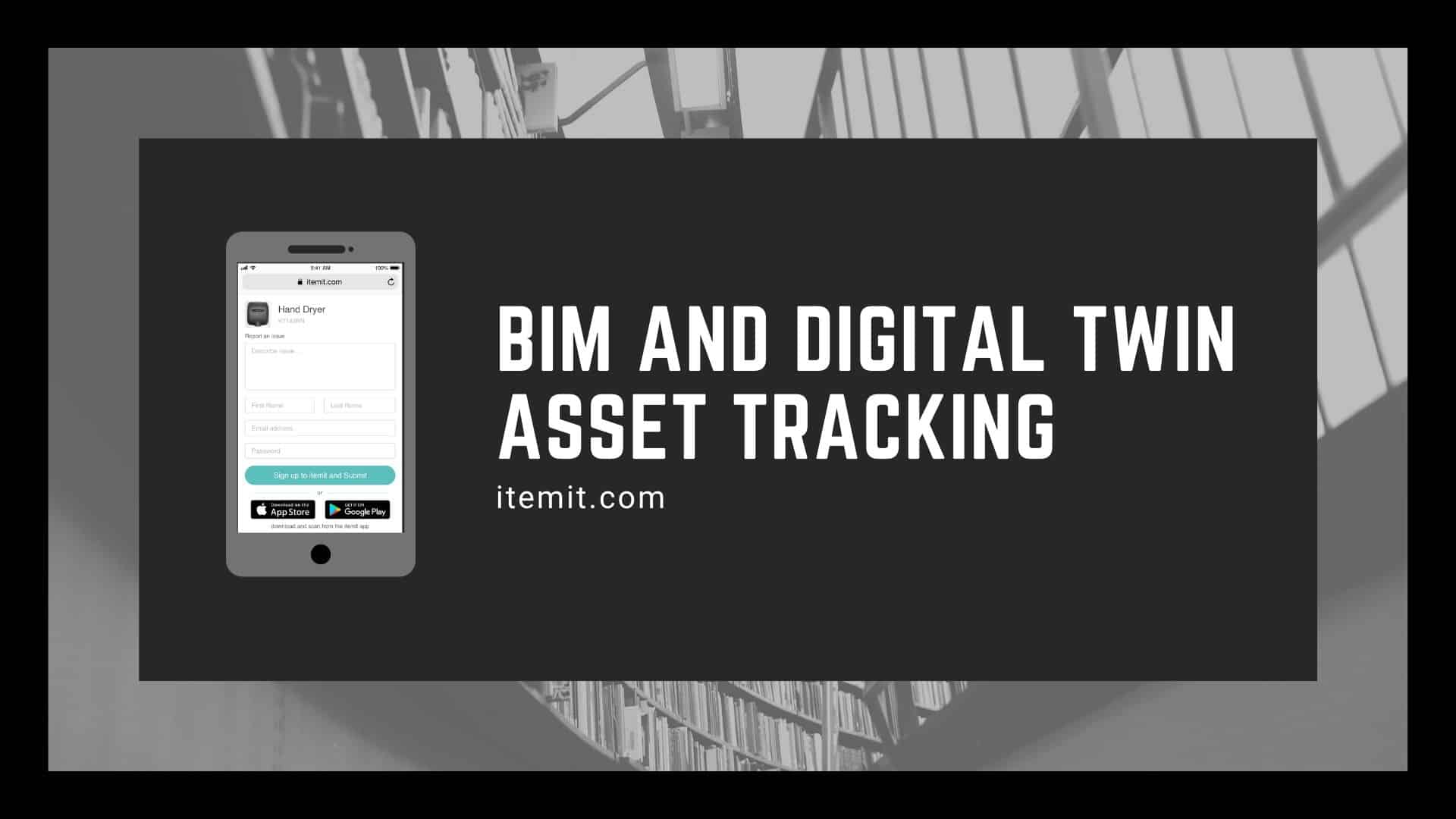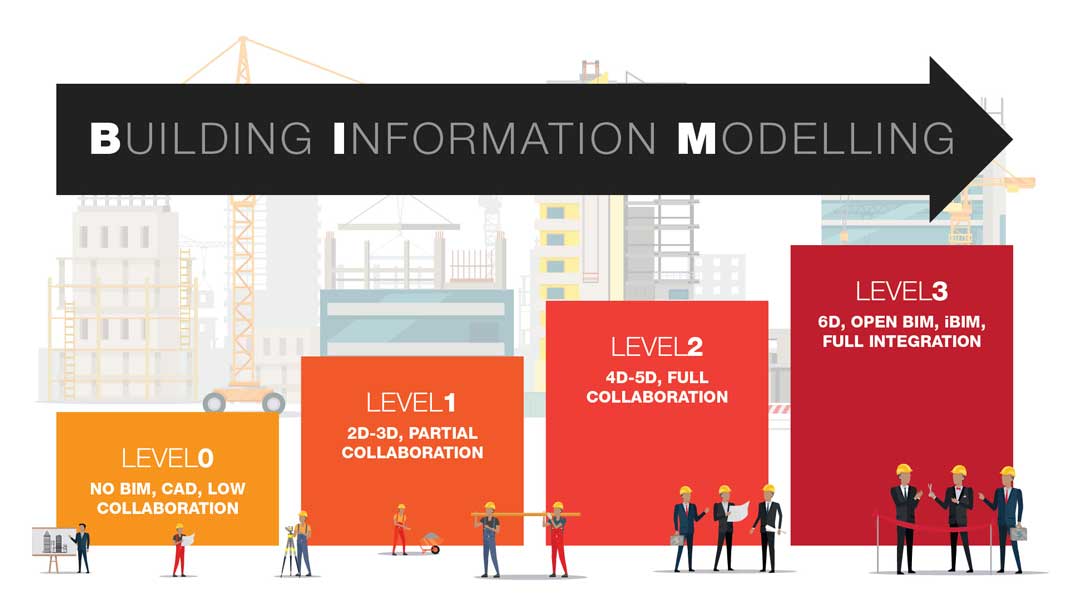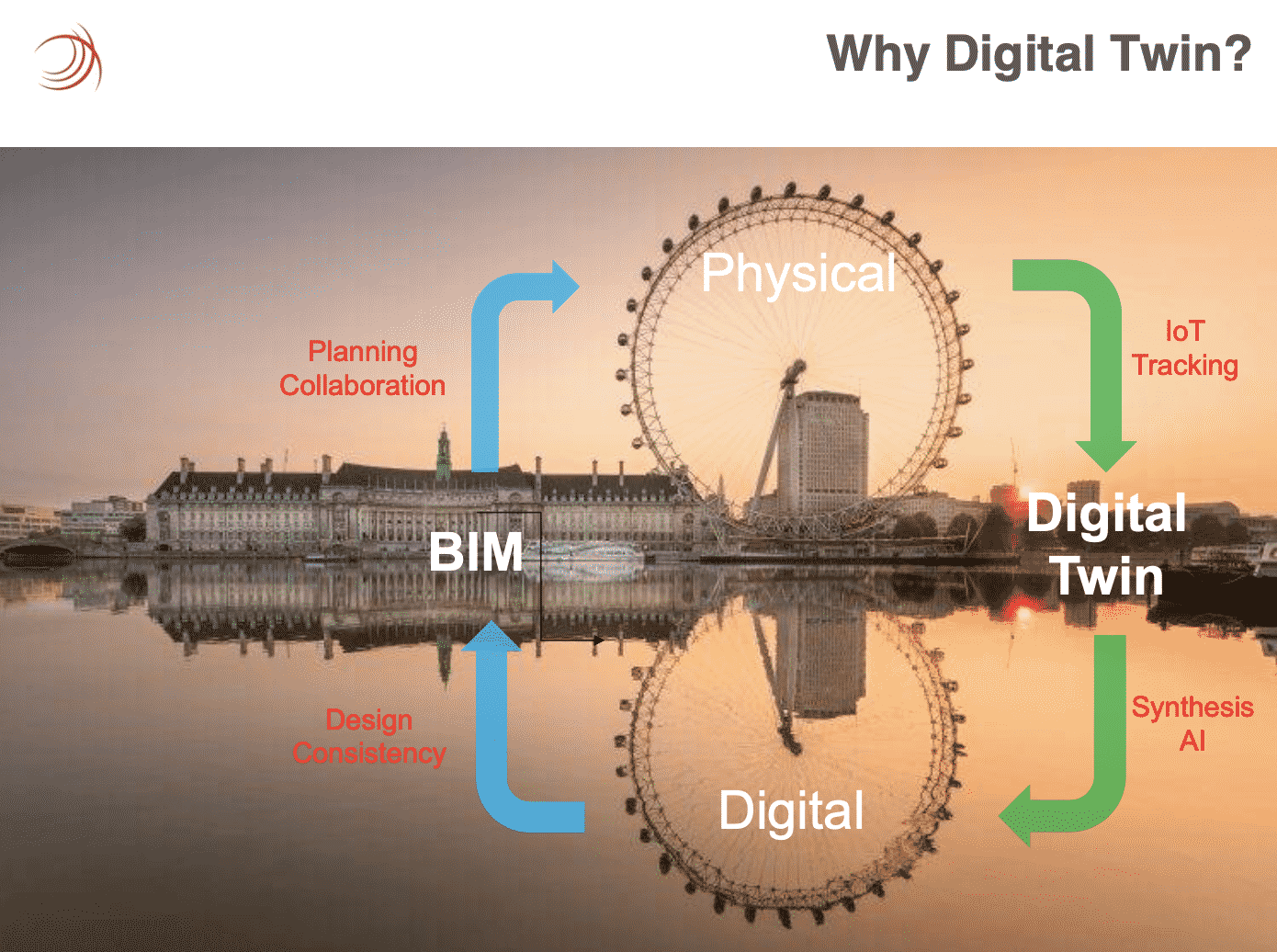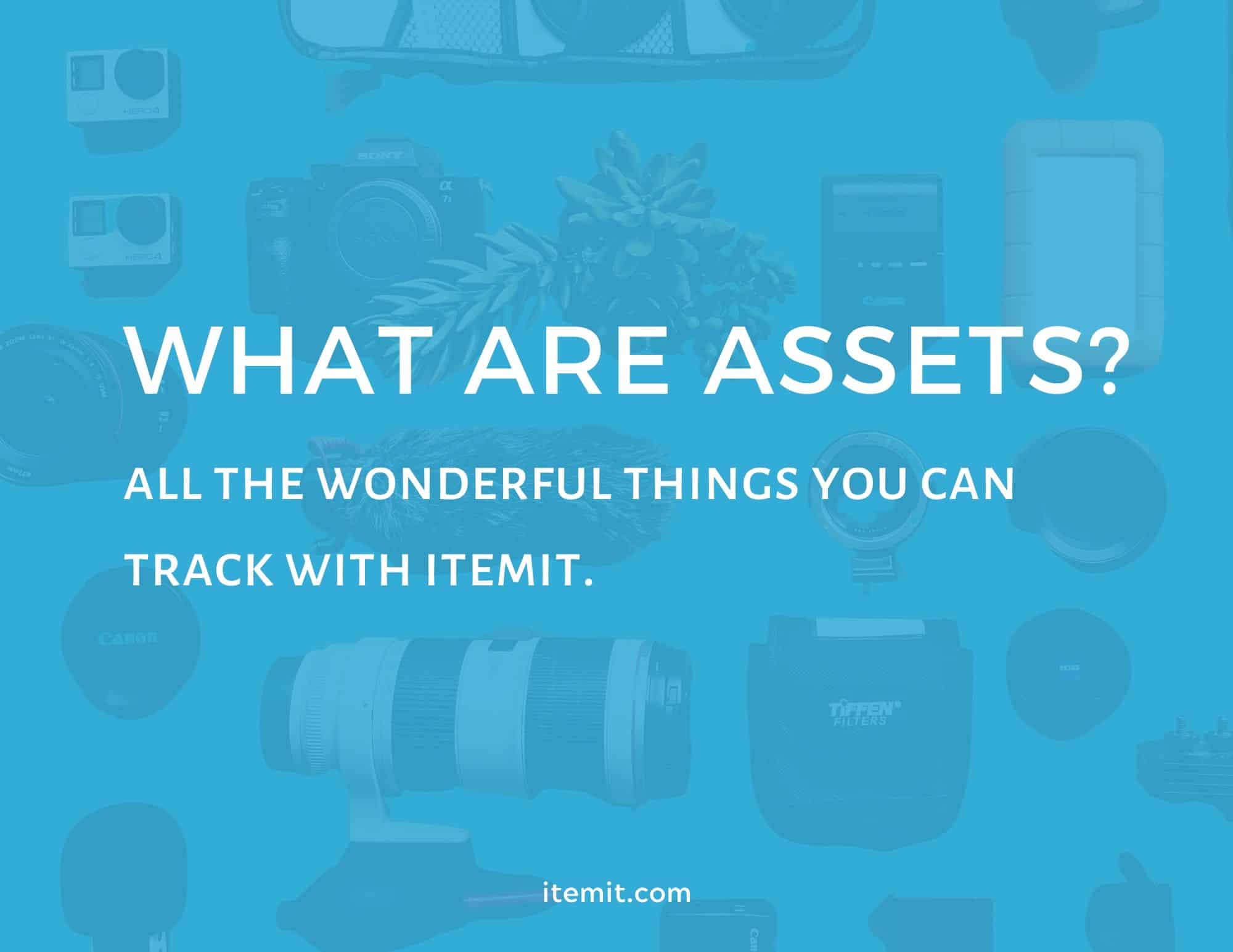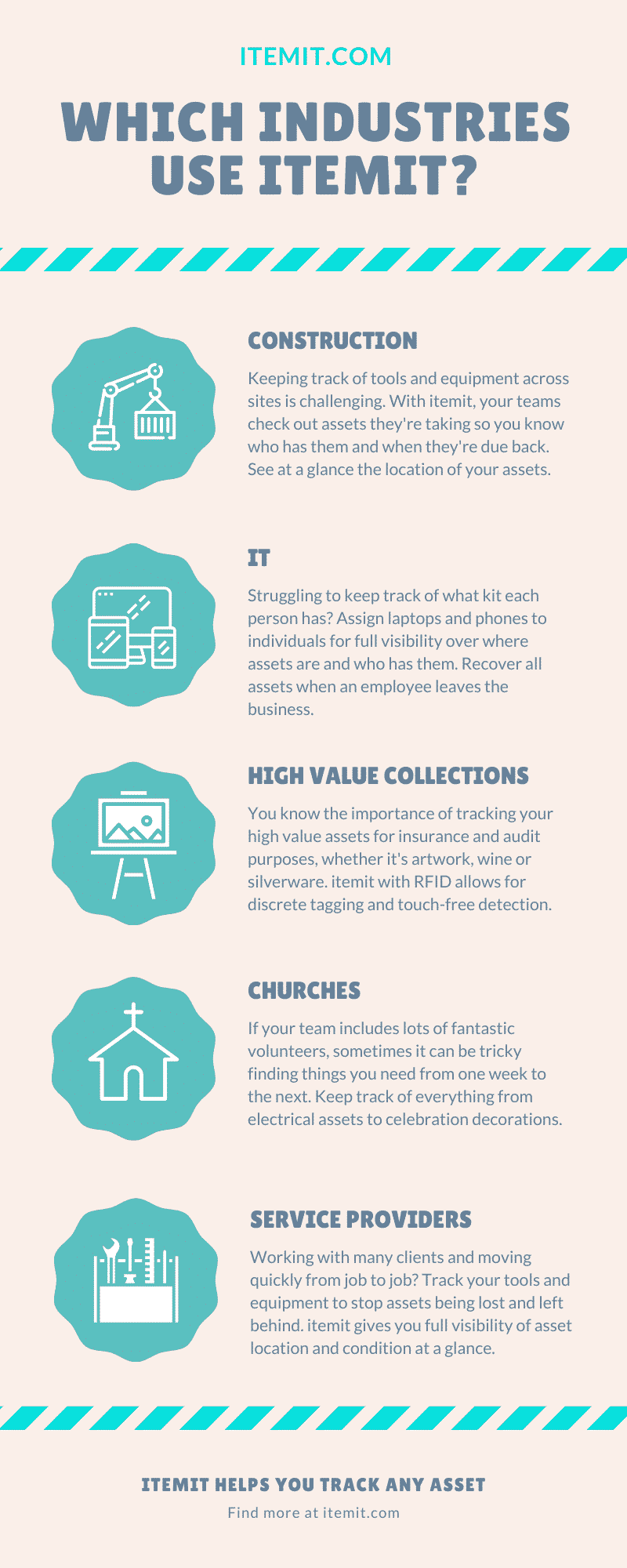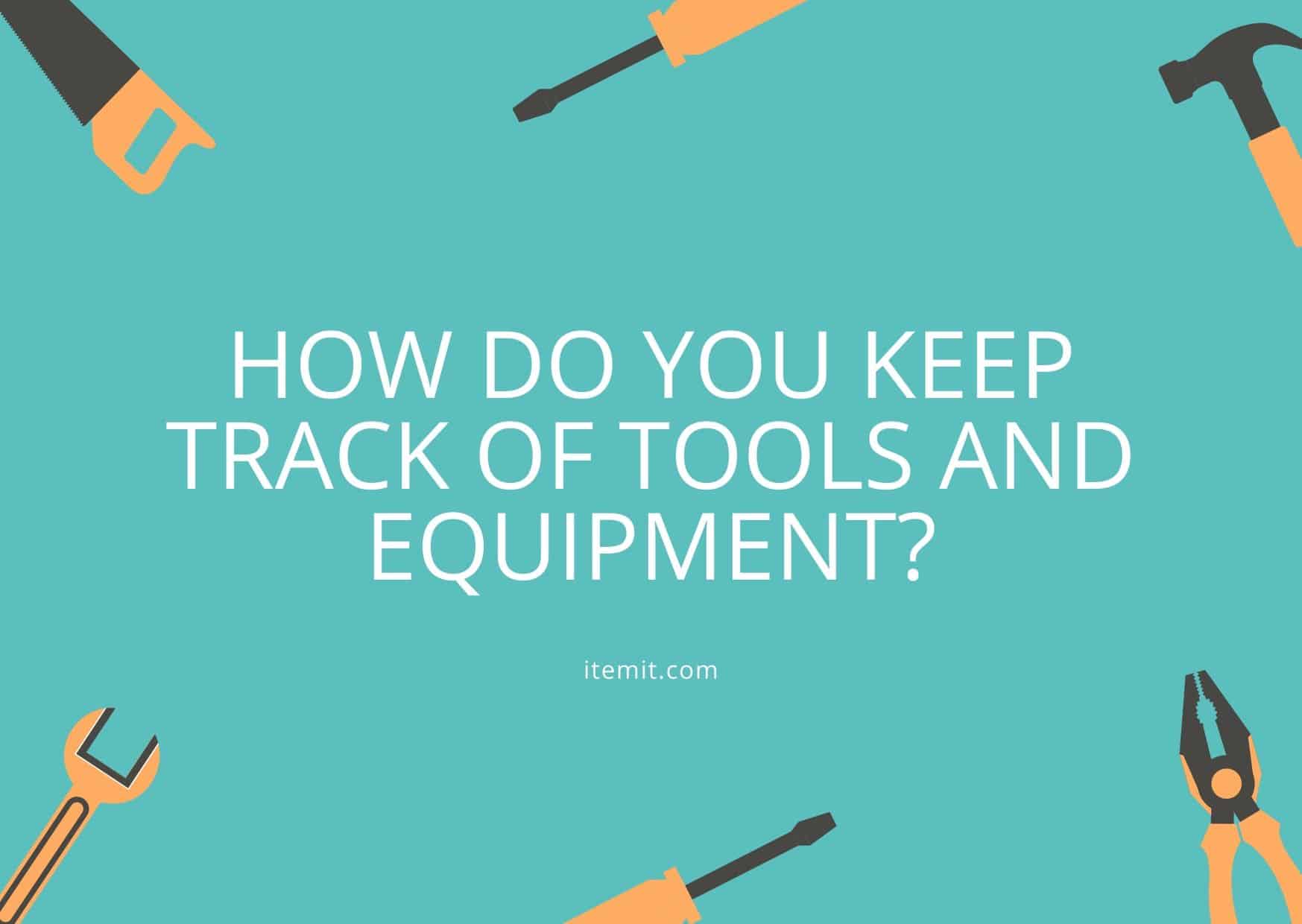Asset Management Software: Checking your assets in and out
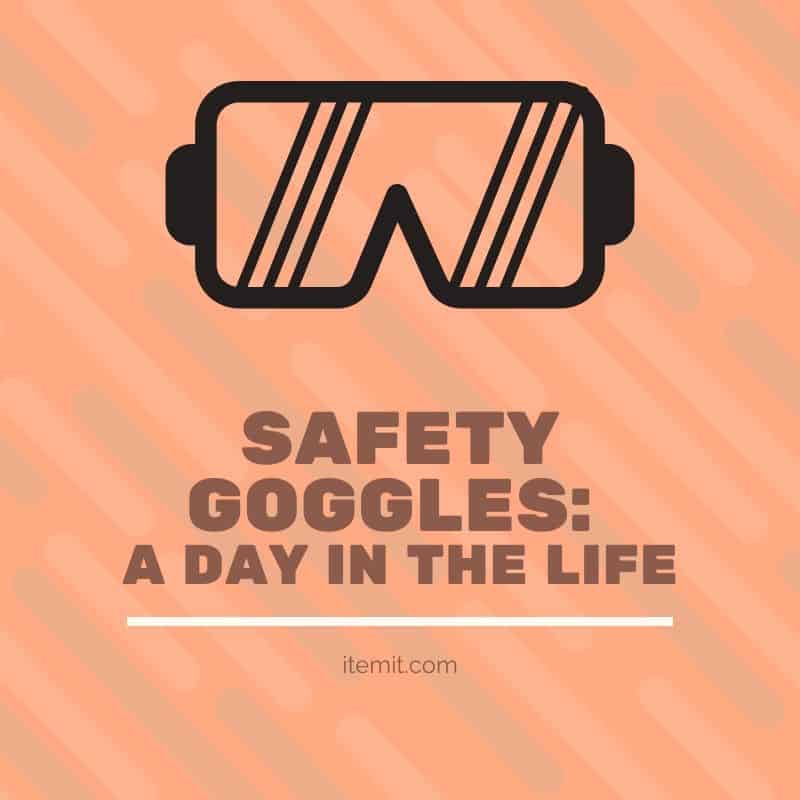
Safety first. Nobody knows that better than a pair of safety goggles. They protect your eyes from sparks, shrapnel, splinters and mean you can do your job safely.
What about when they’re checked out, though? There are so many people in your team that all need critical PPE. How do you make sure your favourite pair is always sitting ready to protect your eyes from the elements? The answer is asset management software.
A New Pair
A new pair of safety goggles arrived in the storeroom this week. They were set down among all of the other tools and equipment, ready to be tagged up and accounted for.
Excited, he (the safety goggles!) looked around the workshop, ready to meet all the fresh and all the rusty tools, to make friends, and to get right to work.
The store manager picked him up and placed a QR code asset tag on the side. He then opened his asset management software and scanned them in. Now, the safety goggles had their very own digital profile.
The safety goggles admired the tag in the mirror, loving his new work uniform.
Getting to Work
The other workers began to walk in. The safety goggles watched in admiration, ready to get straight to work.
“Who needs what?” One of the construction workers bellowed.
“We all need our PPE.” Another responded, walking over to the tagged up equipment. All of them drew out their phones and their asset management software and started scanning the asset tags of the equipment they need for the day and checking them out.
Helmets were checked out, high visibility jackets, gloves, all from the simple scan of a phone. The asset management software instantly updated to reflect which staff members had checked out which bits of kit.
Then, the workers approached the goggles. The new pair lit up with glee.
One by one, the goggles around him were all selected. Each and every one of them checked out with a quick scan of their asset management software. All but him.
Someone knocked him to the side. He fell, amongst the dust and rubble of the workshop.
Asset Management Software
A construction worker rushed through the door.
“Sorry, I’m late. I’ve missed it, haven’t I?” He said, out of breath. “Every day, we run out of equipment.”
The late worker’s eyes darted around. There was one of everything. Everything but a pair of safety goggles. That was the thing he really needed. That was the thing that was missing.
“Check the system.” The manager said, turning back to his work.
The late worker opened the asset management software on his phone and searched for safety goggles. A brief glimmer of hope. Maybe, just maybe, there was still a pair of safety goggles.
As easy as that, he could see there was one pair of safety goggles left. He breathed a sigh of relief.
The easy to use asset management software showed the late worker that the goggles were located on shelf B.1.3. Much to his relief, he found the goggles waiting just for him and dusted them off.
The late worker scanned the goggles to check them out, and at the same time, he checked out all the other tools and PPE he needed for the day.
“You’re lucky,” The manager said, “You wouldn’t have been able to work without those goggles.”
It was a Christmas miracle. The late worker could get to work straight away, all thanks to asset management software!
Find Out More About Equipment Booking Systems
Start your free 14-day trial now
Instant access. No credit card details required.
